Alfa Romeo
Alfa Romeo Automobiles S.p.A. is an Italian car manufacturer. Founded as A.L.F.A. (“Anonima  Lombarda Fabbrica Automobili“, translating to Anonymous Lombard Automobile Factory in English) on June 24, 1910, in Milan, the company has been involved in car racing since 1911. It was owned by Italian state holding company Istituto per la Ricostruzione Industriale between 1932 and 1986, when it became a part of the Fiat group. In February 2007, the Alfa Romeo brand was transformed into the current Alfa Romeo Automobiles S.p.A., a subsidiary of Fiat Group Automobiles, now Fiat Chrysler Automobiles Italy.
Lombarda Fabbrica Automobili“, translating to Anonymous Lombard Automobile Factory in English) on June 24, 1910, in Milan, the company has been involved in car racing since 1911. It was owned by Italian state holding company Istituto per la Ricostruzione Industriale between 1932 and 1986, when it became a part of the Fiat group. In February 2007, the Alfa Romeo brand was transformed into the current Alfa Romeo Automobiles S.p.A., a subsidiary of Fiat Group Automobiles, now Fiat Chrysler Automobiles Italy.
The company that became Alfa Romeo was founded as Società Anonima Italiana Darracq (SAID) in 1906 by the French automobile firm of Alexandre Darracq, with some Italian investors. In late 1909, the Italian Darracq cars were selling slowly and the Italian partners of the company hired Giuseppe Merosi to design new cars. On June 24, 1910, a new company was founded named A.L.F.A., initially still in partnership with Darracq. The first non-Darracq car produced by the company was the 1910 24 HP, designed by Merosi. A.L.F.A. ventured into motor racing, with drivers Franchini and Ronzoni competing in the 1911 Targa Florio with two 24-hp models. In August 1915, the company came under the direction of Neapolitan entrepreneur Nicola Romeo, who converted the factory to produce military hardware for the Italian and Allied war efforts. In 1920, the name of the company was changed to Alfa Romeo with the Torpedo 20-30 HP the first car to be so badged.
In 1921, the Banca Italiana di Sconto, which backed the Ing. Nicola Romeo & Co, went broke and the government needed to support the industrial companies involved, among which was Alfa Romeo, through the “Consorzio per Sovvenzioni sui Valori Industriali“. In 1925, the railway activities were separated from the Romeo company, and in 1928, Nicola Romeo left. In 1933, the state ownership was reorganized under the banner of the Istituto per la Ricostruzione Industriale (IRI) by Benito Mussolini’s government, which then had effective control. The company struggled to return to profitability after the Second World War, and turned to mass-producing small vehicles rather than hand-building luxury models. In 1954, it developed the Alfa Romeo Twin Cam engine, which would remain in production until 1994. During the 1960s and 1970s, Alfa Romeo produced a number of sporty cars, though the Italian government parent company, Finmeccanica, struggled to make a profit, so it sold the marque to the Fiat Group in 1986.
Alfa Romeo has competed successfully in many different categories of motorsport, including Grand Prix motor racing, Formula One, sportscar racing, touring car racing, and rallies. It has competed both as a constructor and an engine supplier, via works entries (usually under the name Alfa Corse or Autodelta), and private entries. The first racing car was made in 1913, three years after the foundation of the company, and Alfa Romeo won the inaugural world championship for Grand Prix cars in 1925. The company gained a good name in motorsport, which gave a sporty image to the whole marque. Enzo Ferrari founded the Scuderia Ferrari racing team in 1929 as an Alfa Romeo racing team, before becoming independent in 1939. It holds the world’s title of the most wins of any marque in the world.
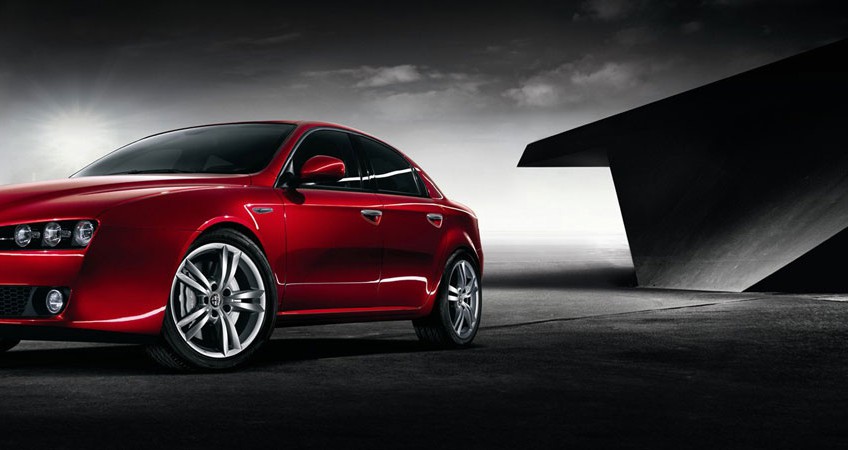
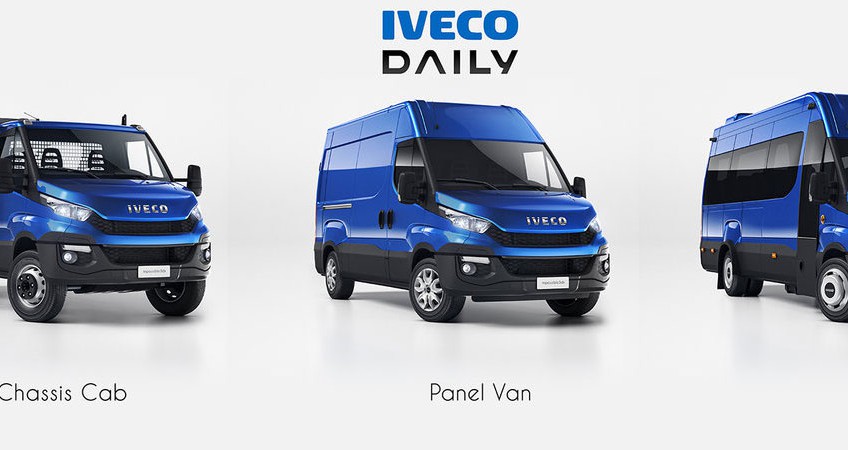
 The first series Daily was offered with two models, the 35 and the 50 (
The first series Daily was offered with two models, the 35 and the 50 (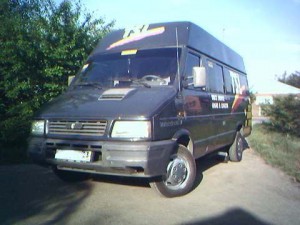
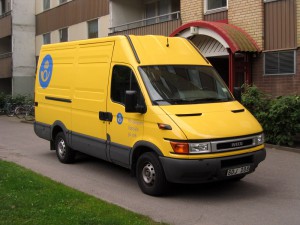 With third series the Daily got new light groups (wider and lower). The Turbodaily name was dropped as all turbodiesels came with Unijet technology (common rail). Two new versions were released: “Agile”, with automatic gearshift, and “CNG”, a natural gas version. Also two new load classes were introduced: Daily 65 and Daily 28 (6.5 tons and 2.8 tons). The Iveco Daily was made “Van of the Year” for the year 2000.
With third series the Daily got new light groups (wider and lower). The Turbodaily name was dropped as all turbodiesels came with Unijet technology (common rail). Two new versions were released: “Agile”, with automatic gearshift, and “CNG”, a natural gas version. Also two new load classes were introduced: Daily 65 and Daily 28 (6.5 tons and 2.8 tons). The Iveco Daily was made “Van of the Year” for the year 2000.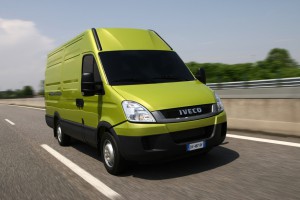
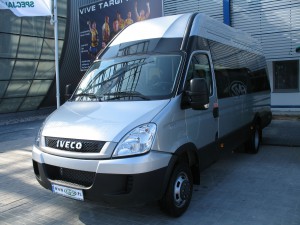
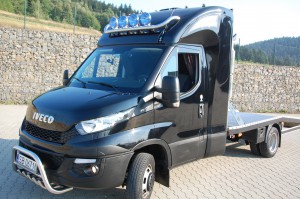
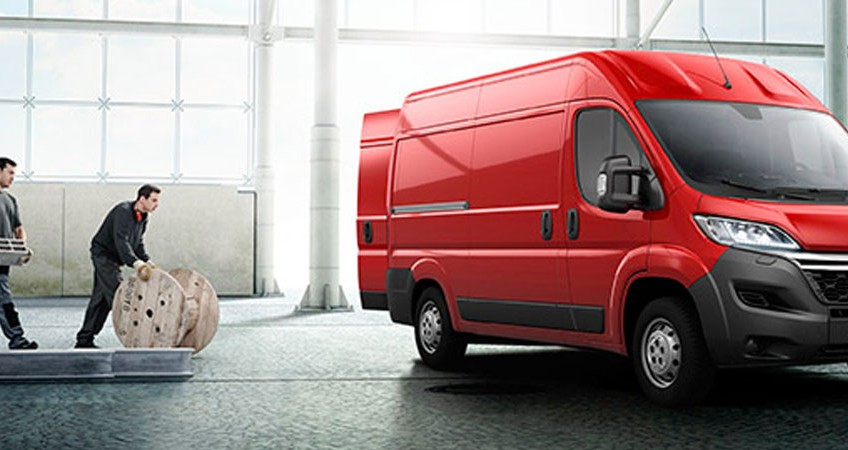
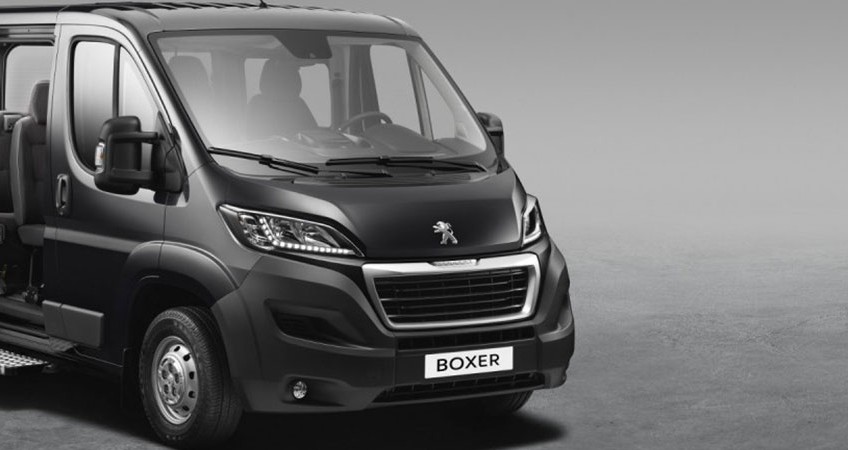
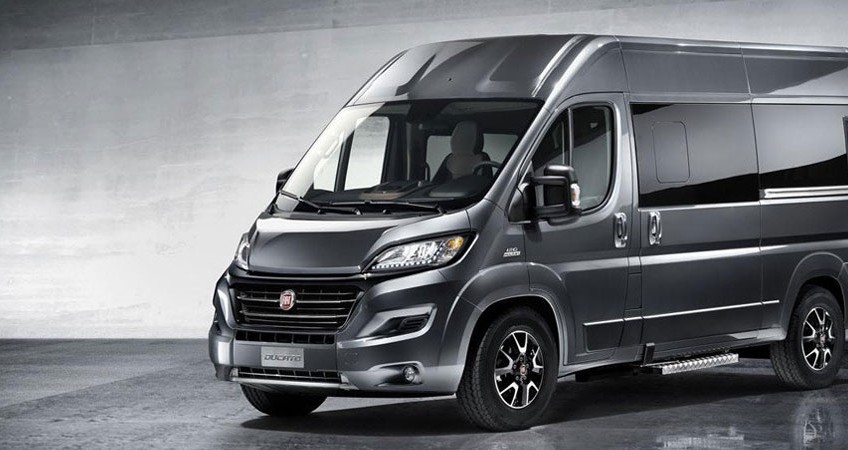
 The Ducato was first launched in 1981 and was the result of Fiat’s collaboration with PSA Peugeot
The Ducato was first launched in 1981 and was the result of Fiat’s collaboration with PSA Peugeot
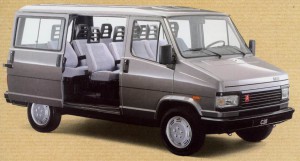
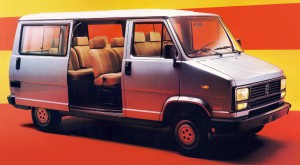 powertrains are as per the Citroën C25. In 1991, the J5 series 2 was launched with a new front grille and headlights. It was replaced in 1994 by the Peugeot Boxer (based on the second generation Fiat Ducato).
powertrains are as per the Citroën C25. In 1991, the J5 series 2 was launched with a new front grille and headlights. It was replaced in 1994 by the Peugeot Boxer (based on the second generation Fiat Ducato).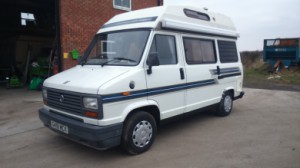 vehicle to be produced. Production of this badge-engineered UK version of the Peugeot J5 began in 1982 and continued until 1994, nearly eight years after the last Talbot badged passenger car had been withdrawn.
vehicle to be produced. Production of this badge-engineered UK version of the Peugeot J5 began in 1982 and continued until 1994, nearly eight years after the last Talbot badged passenger car had been withdrawn. New Sevel produced version. Peugeot called it Boxer while Citroën named it Jumper (Relay in the UK). One engine option was a Fiat 2.5 L diesel, which was replaced with 2.8 L Iveco/Sofim engine in 1998.
New Sevel produced version. Peugeot called it Boxer while Citroën named it Jumper (Relay in the UK). One engine option was a Fiat 2.5 L diesel, which was replaced with 2.8 L Iveco/Sofim engine in 1998.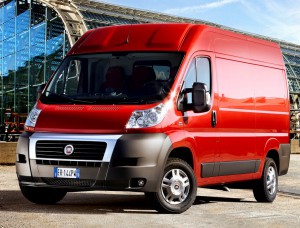 The third generation Jumper/Relay was launched in May 2006, followed by the Boxer in June and
The third generation Jumper/Relay was launched in May 2006, followed by the Boxer in June and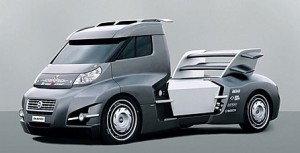 mm), 159-inch (4,000 mm)), four overall body lengths (195-inch (5,000 mm), 213-inch (5,400 mm), 236-inch (6,000 mm), 250-inch (6,400 mm), with the two longest body lengths available only with the 159-inch (4,000 mm) wheelbase), and two overall heights (88-inch (2,200 mm) and 99-inch (2,500 mm)). The panel-van configuration is available in all sizes, while the chassis-cab and cut-away configurations are offered only in 136-inch (3,500 mm) and 159-inch (4,000 mm) wheelbases. The window-van is available only in the 159-inch (4,000 mm) wheelbase and 99-inch (2,500 mm) roof height. The ProMaster is produced in Chrysler’s manufacturing facility in Saltillo, Mexico, and was first available in October 2013.
mm), 159-inch (4,000 mm)), four overall body lengths (195-inch (5,000 mm), 213-inch (5,400 mm), 236-inch (6,000 mm), 250-inch (6,400 mm), with the two longest body lengths available only with the 159-inch (4,000 mm) wheelbase), and two overall heights (88-inch (2,200 mm) and 99-inch (2,500 mm)). The panel-van configuration is available in all sizes, while the chassis-cab and cut-away configurations are offered only in 136-inch (3,500 mm) and 159-inch (4,000 mm) wheelbases. The window-van is available only in the 159-inch (4,000 mm) wheelbase and 99-inch (2,500 mm) roof height. The ProMaster is produced in Chrysler’s manufacturing facility in Saltillo, Mexico, and was first available in October 2013.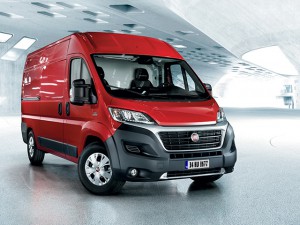 The fourth generation Ducato/Jumper/Relay/Boxer was announced in May 2014. Although based on the third-generation model, it features a heavily revised front-end with more car-like headlight styling.
The fourth generation Ducato/Jumper/Relay/Boxer was announced in May 2014. Although based on the third-generation model, it features a heavily revised front-end with more car-like headlight styling.